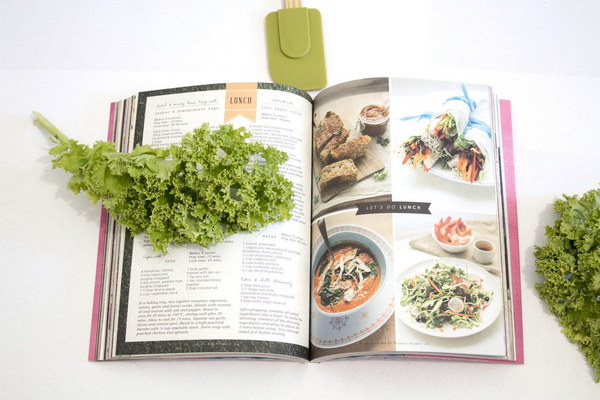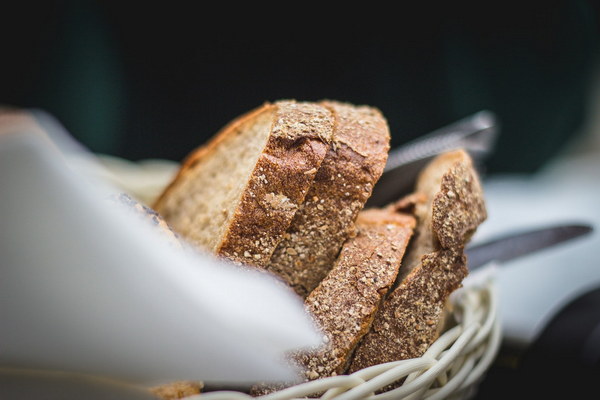The Power of Food Embracing Traditional Chinese Nutrition for Optimal Wellness
In the realm of holistic health and wellness, the adage you are what you eat holds significant weight. Traditional Chinese Medicine (TCM) emphasizes the importance of food as a key component in maintaining and enhancing one's health. This article delves into the concept of food therapy and how incorporating a balanced diet can lead to optimal wellness.
The foundation of TCM is built on the belief that the body is interconnected, with each organ playing a crucial role in maintaining overall health. Food, in this context, is not merely sustenance, but a tool to nourish and balance the body's internal systems. By focusing on the principles of yin and yang, and the five elements (wood, fire, earth, metal, and water), TCM offers a comprehensive approach to wellness that places great emphasis on the power of food.
1. Understanding Food Therapy
Food therapy, as practiced in TCM, involves the use of natural foods to address specific health concerns. The goal is to restore balance to the body by incorporating foods that support the organs and meridians. This approach is based on the belief that certain foods have specific properties that can either nourish or tonify certain organs, while others can help expel toxins or excesses.
2. The Yin and Yang of Food
In TCM, the concept of yin and yang is central to understanding the properties of food. Yin foods are those that are cooling, moistening, and nourishing, while yang foods are warm, energizing, and invigorating. By incorporating both types of foods in one's diet, individuals can achieve a harmonious balance within their bodies.
Some examples of yin foods include:
- Leafy greens: Spinach, kale, and collard greens
- Fruits: Watermelon, peaches, and strawberries
- Grains: Rice and millet
Examples of yang foods include:
- Meat: Chicken, beef, and pork
- Seafood: Salmon, shrimp, and scallops
- Grains: Oats and quinoa
3. The Five Elements and Food

In TCM, the five elements are believed to correspond to specific organs and tissues within the body. By incorporating foods that align with each element, individuals can support the health of their associated organs and meridians.
- Wood: Liver and gallbladder - Leafy greens, beets, and asparagus
- Fire: Heart and small intestine - Tomatoes, peppers, and onions
- Earth: Spleen and stomach - Sweet potatoes, carrots, and white rice
- Metal: Lung and large intestine - Apples, pears, and almonds
- Water: Kidneys and bladder - Fish, seaweed, and black sesame seeds
4. Common Food Therapies in TCM
TCM offers a wide range of food therapies to address various health concerns. Some common examples include:
- Nourishing the liver: Incorporating foods like bitter melon, dandelion, and artichoke can help support liver function and reduce the risk of liver disease.
- Strengthening the spleen: Foods such as sweet potatoes, millet, and ginger can help improve digestion, increase energy, and support the spleen.
- Tonifying the kidneys: Foods like goji berries, black beans, and cod can help support kidney function and enhance overall vitality.
5. Embracing the Power of Food
To fully embrace the power of food in TCM, it is essential to adopt a balanced and varied diet. This means incorporating a wide range of fruits, vegetables, grains, and proteins into one's daily meals. Additionally, it is important to pay attention to the quality and freshness of the ingredients used.
In conclusion, the power of food in TCM is undeniable. By understanding the principles of yin and yang, the five elements, and the specific properties of various foods, individuals can harness the healing power of food to achieve optimal wellness. Embracing a diet that aligns with these principles can lead to improved health, vitality, and a greater sense of balance within the body.









